Rising Demand for Fresh Produce
The modified atmospheric-packaging market experiences a notable surge in demand for fresh produce, driven by consumer preferences for healthier food options. As more individuals prioritize fresh fruits and vegetables, the need for effective packaging solutions that extend shelf life becomes paramount. In the US, the fresh produce sector has seen a growth rate of approximately 5% annually, indicating a robust market for modified atmospheric packaging. This type of packaging helps maintain the quality and nutritional value of fresh produce, thereby appealing to health-conscious consumers. Furthermore, retailers are increasingly adopting these packaging solutions to reduce food waste, which aligns with sustainability goals. The modified atmospheric-packaging market is thus positioned to benefit from this trend, as it provides essential support to the fresh produce supply chain.
Consumer Awareness of Food Waste
Growing consumer awareness regarding food waste is a significant driver for the modified atmospheric-packaging market. As individuals become more conscious of the environmental impact of food waste, there is a rising demand for packaging solutions that help extend the shelf life of perishable goods. In the US, approximately 30-40% of the food supply is wasted, prompting consumers and businesses alike to seek effective strategies to mitigate this issue. Modified atmospheric packaging offers a viable solution by preserving food quality and reducing spoilage. This trend indicates that the modified atmospheric-packaging market is well-positioned to address the needs of environmentally conscious consumers. Companies that prioritize sustainable packaging solutions are likely to resonate with this growing demographic, further driving market growth.
E-commerce Growth in Food Sector
The rapid expansion of e-commerce in the food sector significantly influences the modified atmospheric-packaging market. As online grocery shopping becomes more prevalent, the demand for packaging that ensures product integrity during transit is critical. In the US, e-commerce food sales have increased by over 30% in recent years, highlighting the necessity for reliable packaging solutions. Modified atmospheric packaging plays a crucial role in preserving food quality and safety during delivery, which is vital for maintaining customer satisfaction. This trend suggests that the modified atmospheric-packaging market must adapt to the evolving logistics and distribution channels associated with e-commerce. Companies that innovate in packaging technology to meet these demands are likely to gain a competitive edge in the market.
Technological Innovations in Packaging
Technological innovations are reshaping the modified atmospheric-packaging market, providing new opportunities for growth and efficiency. Advances in materials science and packaging technology are leading to the development of more effective and sustainable packaging solutions. For instance, the introduction of smart packaging technologies, which can monitor freshness and provide real-time data, is gaining traction in the market. In the US, the demand for such innovative solutions is expected to rise, as consumers increasingly seek transparency and quality assurance in their food products. The modified atmospheric-packaging market stands to benefit from these advancements, as they enhance product appeal and safety. Companies that invest in research and development to create cutting-edge packaging solutions are likely to capture a larger share of the market.
Increased Focus on Food Safety Regulations
The modified atmospheric-packaging market is significantly impacted by the heightened focus on food safety regulations in the US. Regulatory bodies are implementing stricter guidelines to ensure the safety and quality of food products, which necessitates the use of advanced packaging solutions. Modified atmospheric packaging is recognized for its ability to inhibit microbial growth and extend shelf life, making it a preferred choice among food manufacturers. As compliance with these regulations becomes more stringent, the modified atmospheric-packaging market is likely to see increased adoption of these technologies. This shift not only enhances food safety but also supports manufacturers in meeting consumer expectations for high-quality products. The market is expected to grow as companies invest in packaging innovations that align with regulatory requirements.


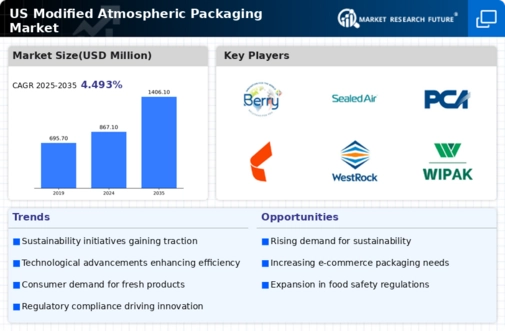
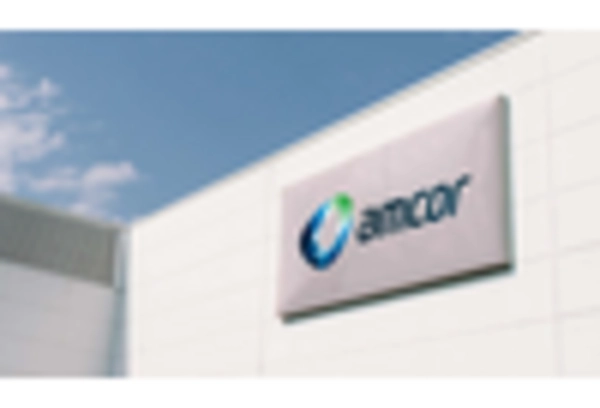
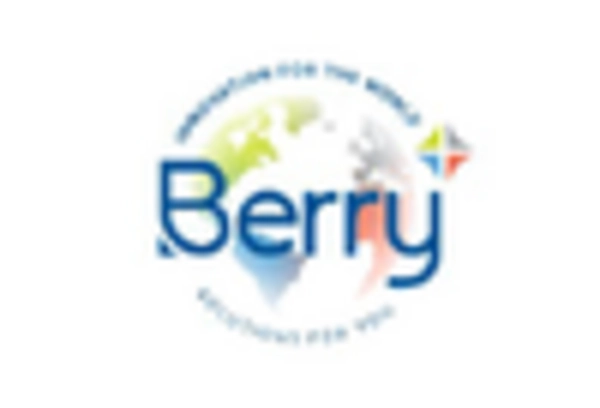
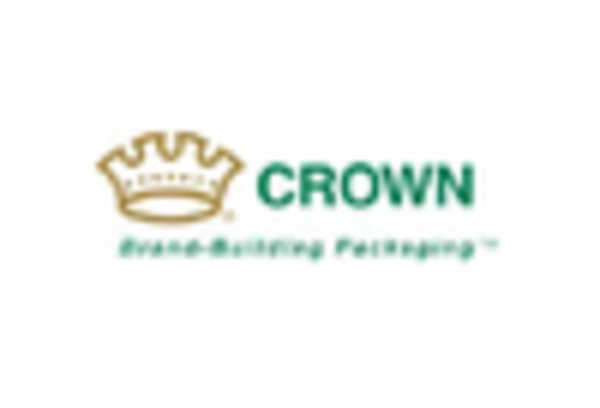
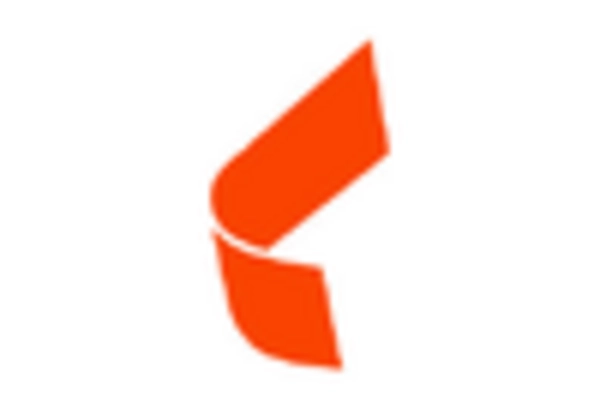
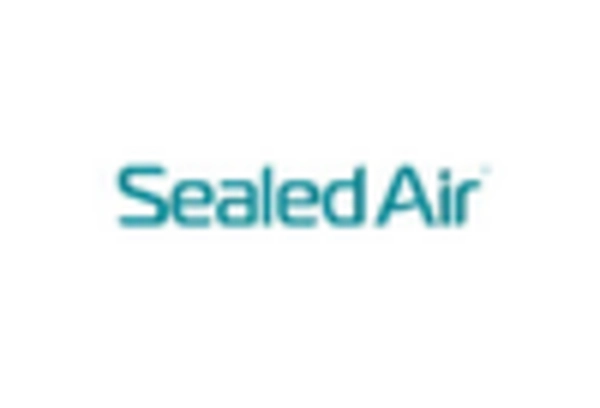
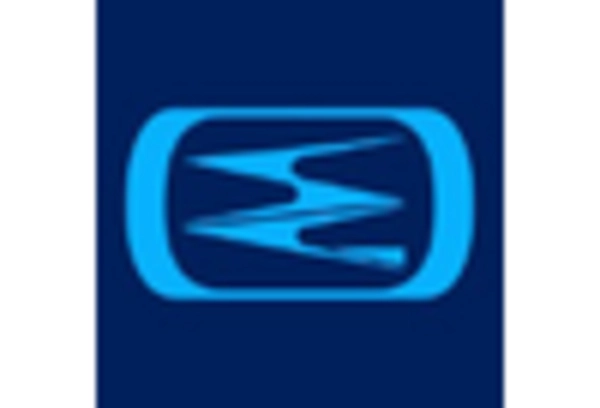








Leave a Comment